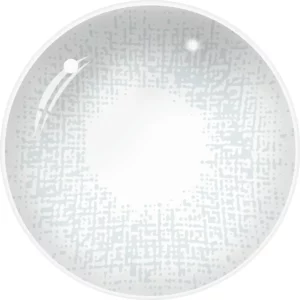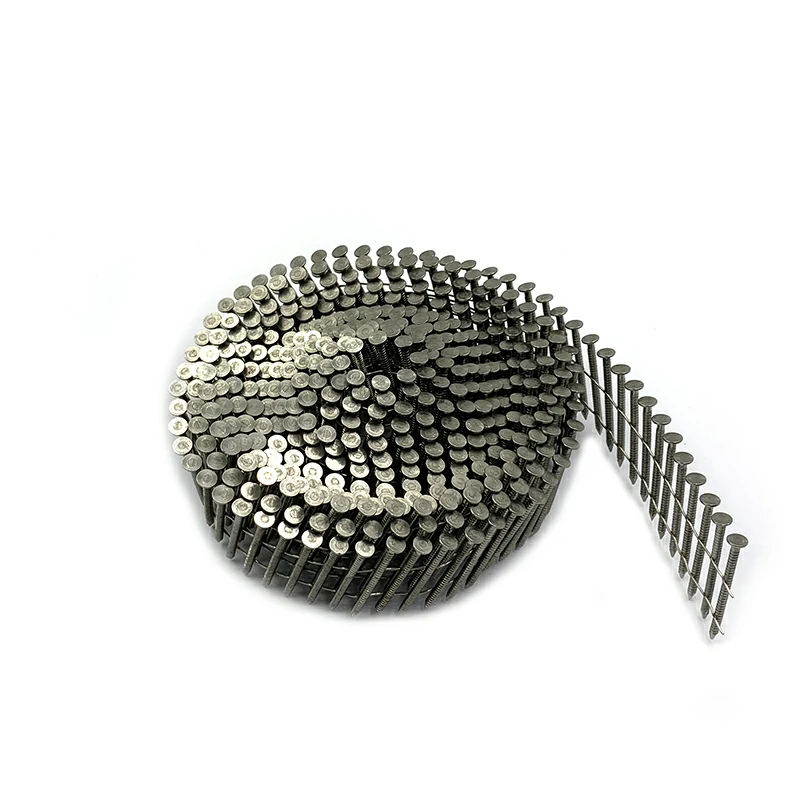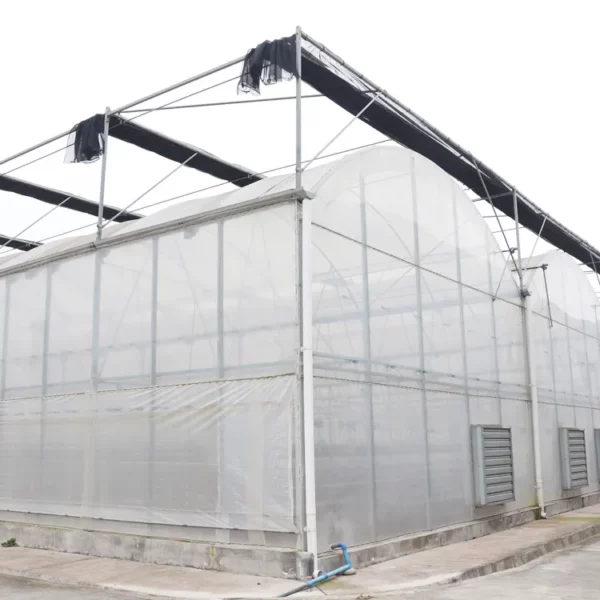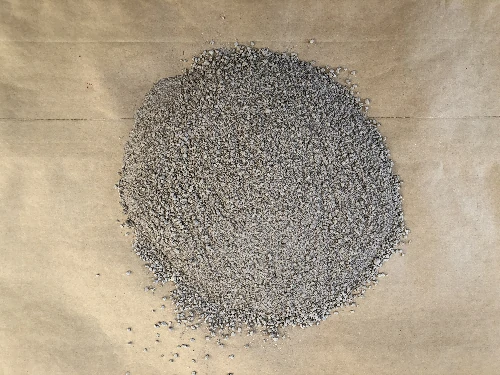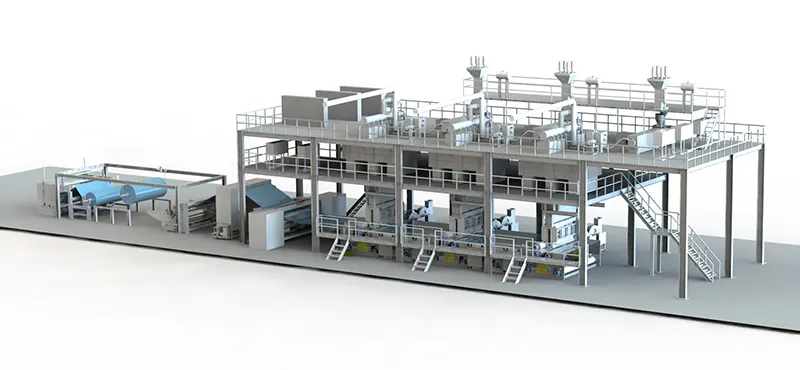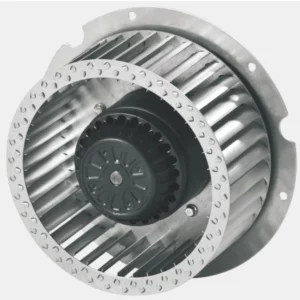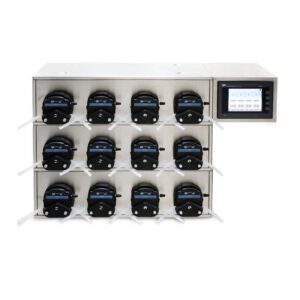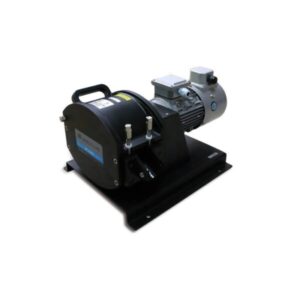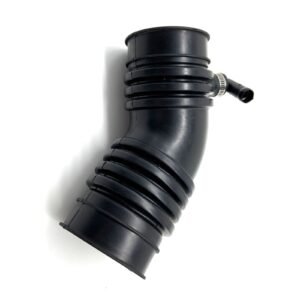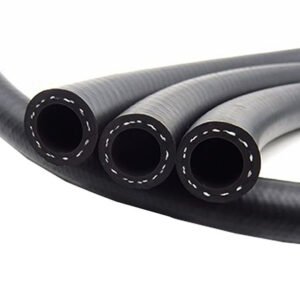Hazel colored contact lenses offer wearers a timeless and sophisticated option for transforming their eye color, adding warmth, depth, and a touch of allure to their gaze. With their versatile and natural appearance, these lenses effortlessly enhance one’s eyes, complementing various skin tones and fashion choices while exuding an understated elegance.
Unveiling the Appeal of Hazel Colored Contact Lenses
Hazel colored contact lenses introduce a captivating charm and versatility to eye enhancement, boasting features that make them a popular choice among individuals seeking a refined yet distinctive look:
Natural and Versatile:
- Subtle Blend: Hazel lenses encompass a fusion of earthy tones, typically combining hints of brown, green, and gold, mimicking the natural nuances found in hazel eyes.
- Adaptable Appearance: These lenses adapt to various eye colors, enhancing natural eye tones or creating a subtle transformation with a warm and inviting hue.
Timeless Elegance:
- Universal Complement: Hazel eyes are known to complement a wide range of skin tones, adding a soft and flattering touch to the overall appearance.
- Sophisticated Aesthetic: Offering an air of sophistication, hazel lenses evoke a sense of warmth and depth while maintaining a natural and refined look.
Benefits of Hazel Colored Contact Lenses
Subtle Enhancement:
- Natural Appeal: These lenses provide wearers with a subtle yet noticeable change, enhancing the eyes while retaining a realistic and understated effect.
- Adaptable Styles: Ideal for both casual and formal occasions, hazel lenses seamlessly integrate into various fashion styles and makeup looks.
Versatility and Suitability:
- Day-to-Day Wear: Suited for everyday use, these lenses offer wearers the chance to subtly enhance their appearance without appearing too dramatic.
- Universal Appeal: Hazel lenses are suitable for individuals seeking a versatile and universally flattering eye color enhancement.
Utilizing Hazel Colored Contact Lenses Effectively
- Selecting Shades: Choose hazel tones that complement natural eye colors or personal preferences, ensuring a harmonious and natural look.
- Quality and Safety: Prioritize purchasing lenses from reputable sources, adhering to hygiene practices, and consulting an eye care professional for guidance.
Hazel colored contact lenses epitomize subtlety and elegance, offering wearers a versatile and sophisticated way to enhance their natural eye color. With their ability to harmoniously blend with diverse eye shades and skin tones, these lenses have become a favored choice for those seeking a refined and timeless aesthetic.
By adding a touch of warmth, depth, and sophistication to the eyes, hazel colored contact lenses exude an understated allure that effortlessly enhances one’s natural beauty. Incorporating these lenses into daily wear or special occasions allows wearers to embrace the subtle yet captivating charm of hazel eyes, exuding elegance and refinement in their gaze.
